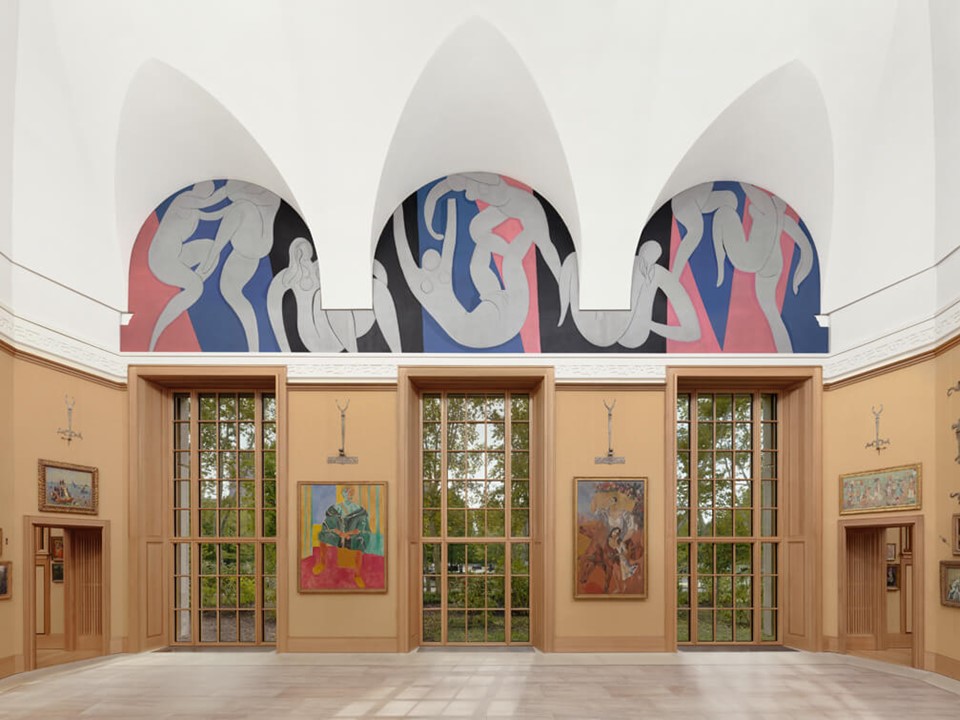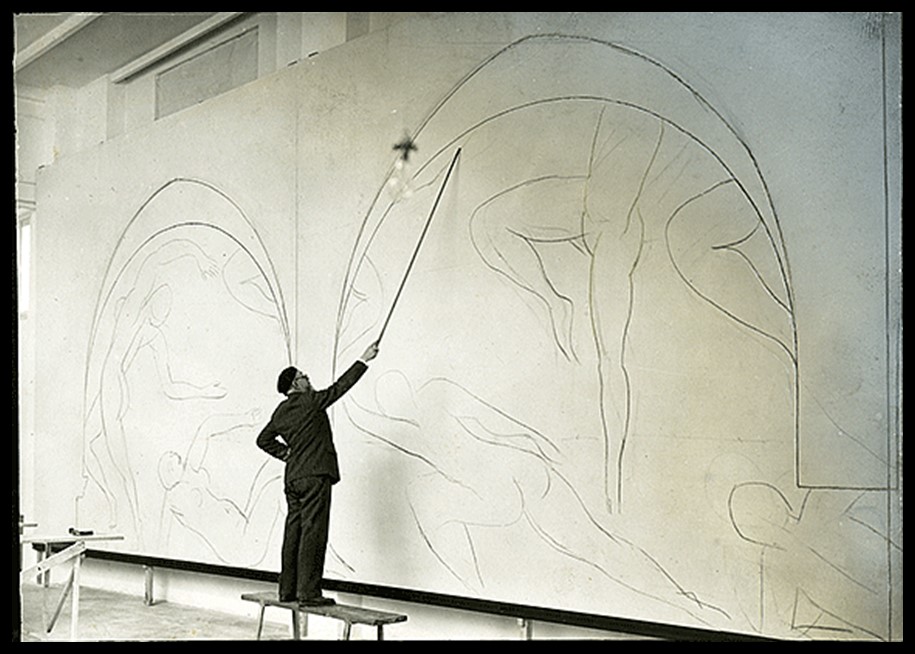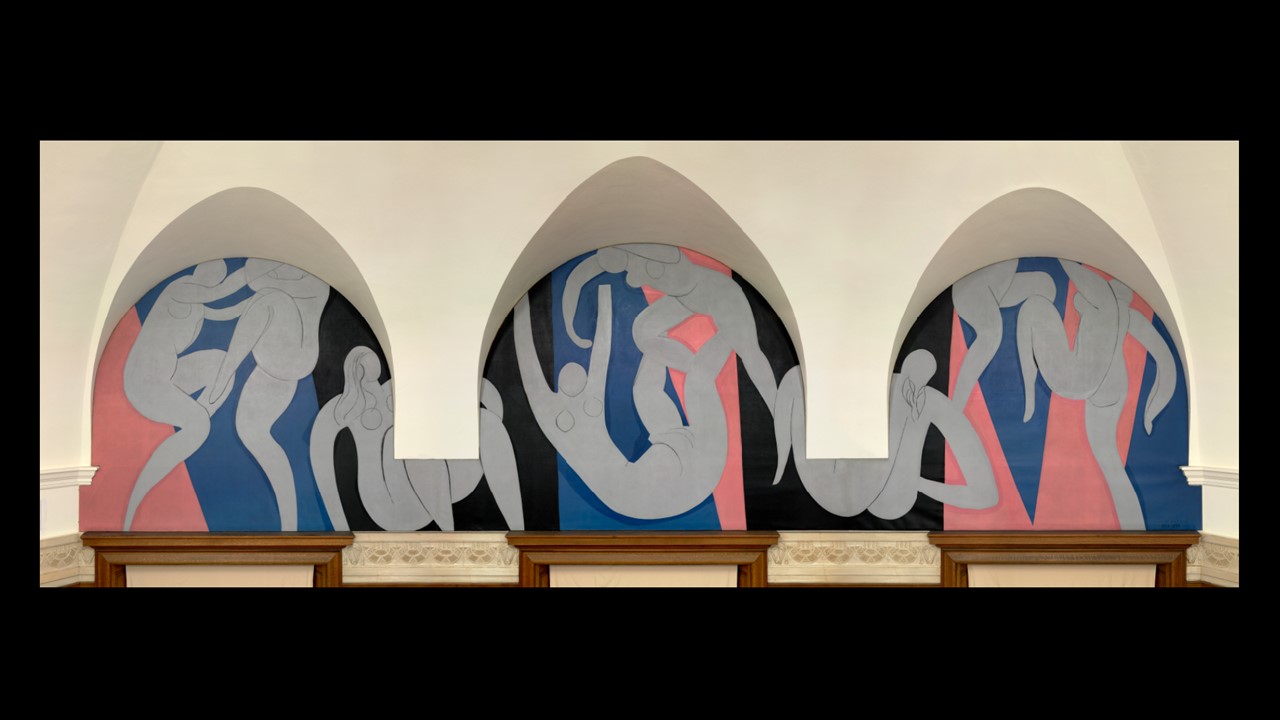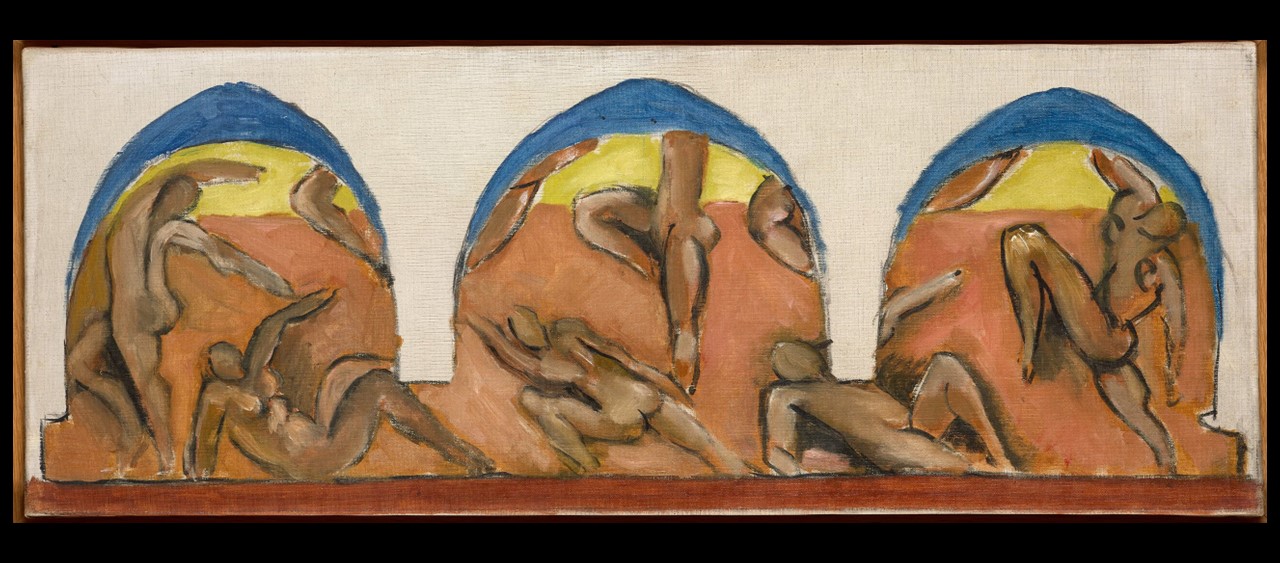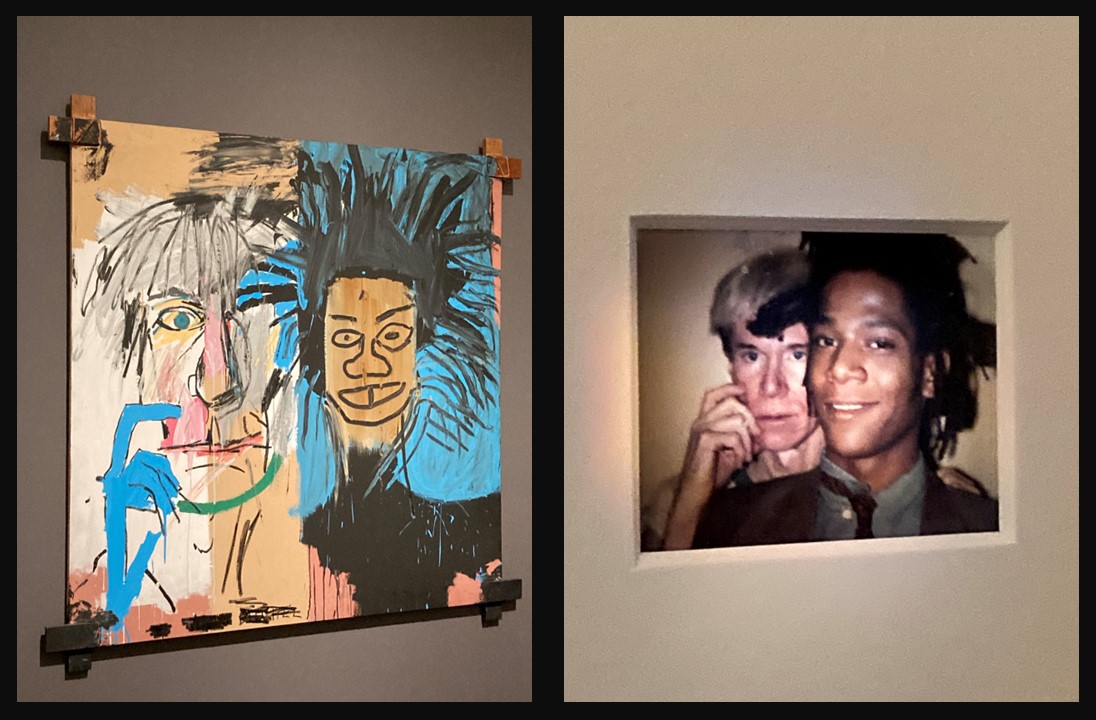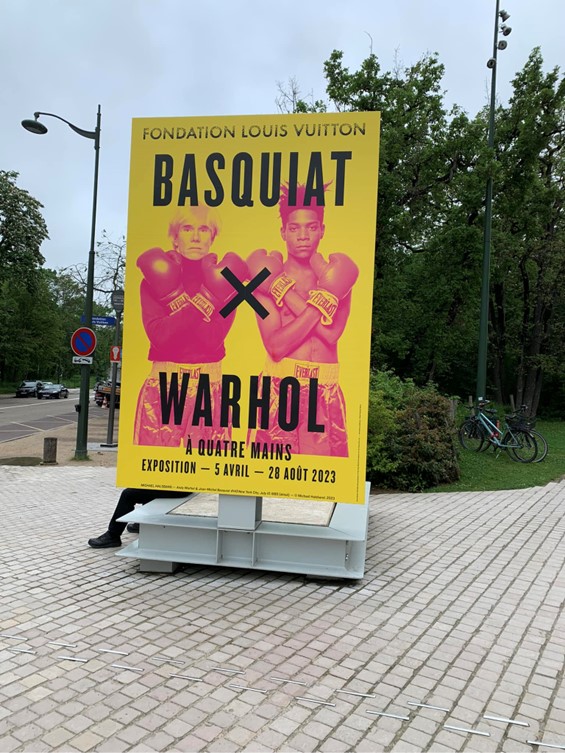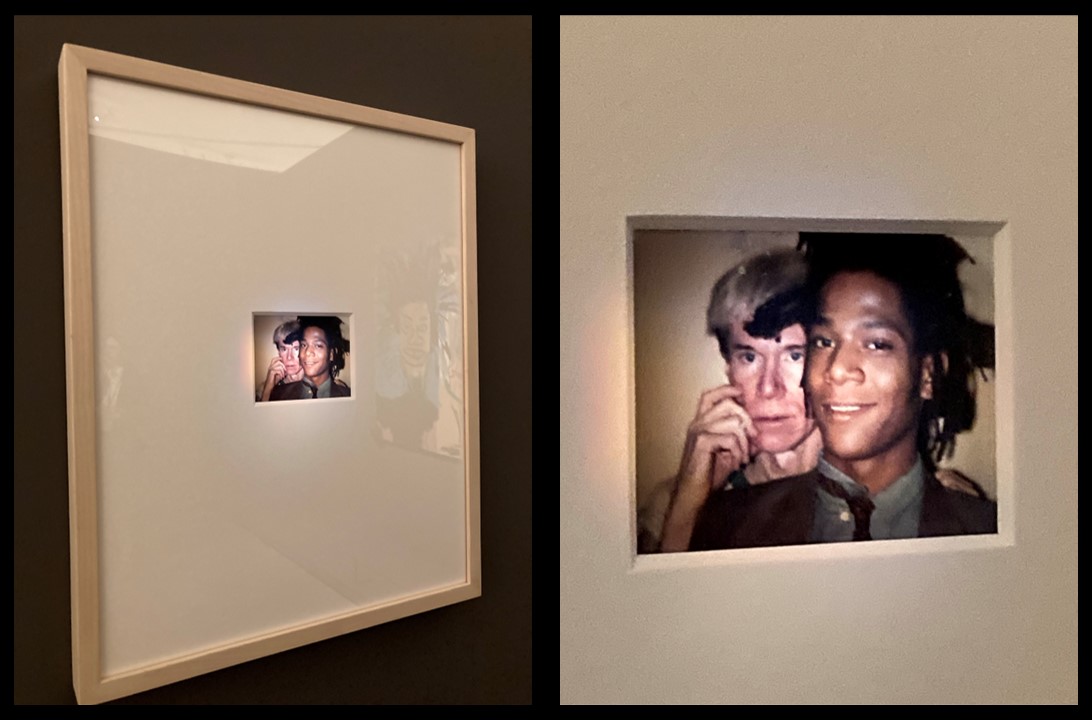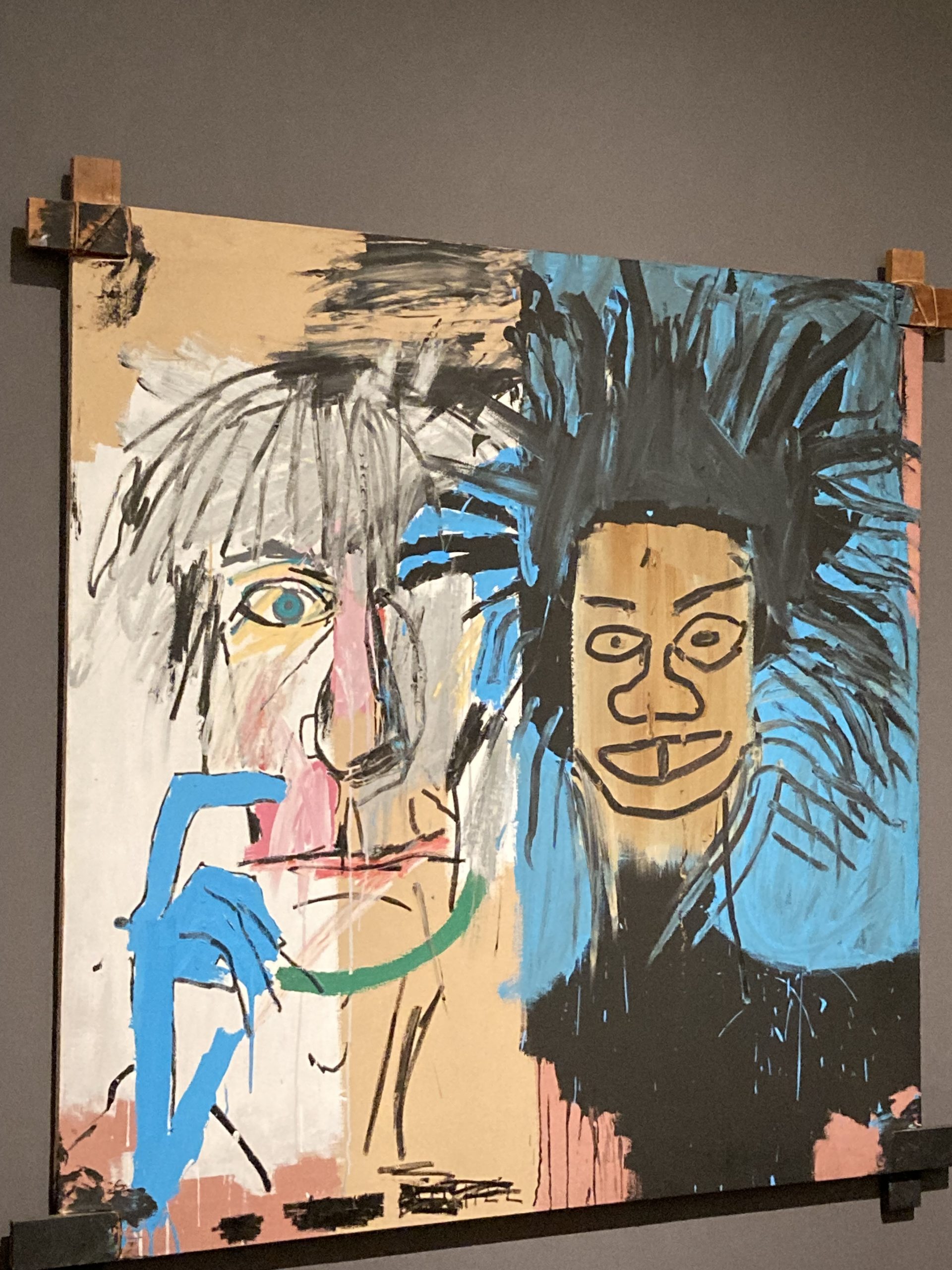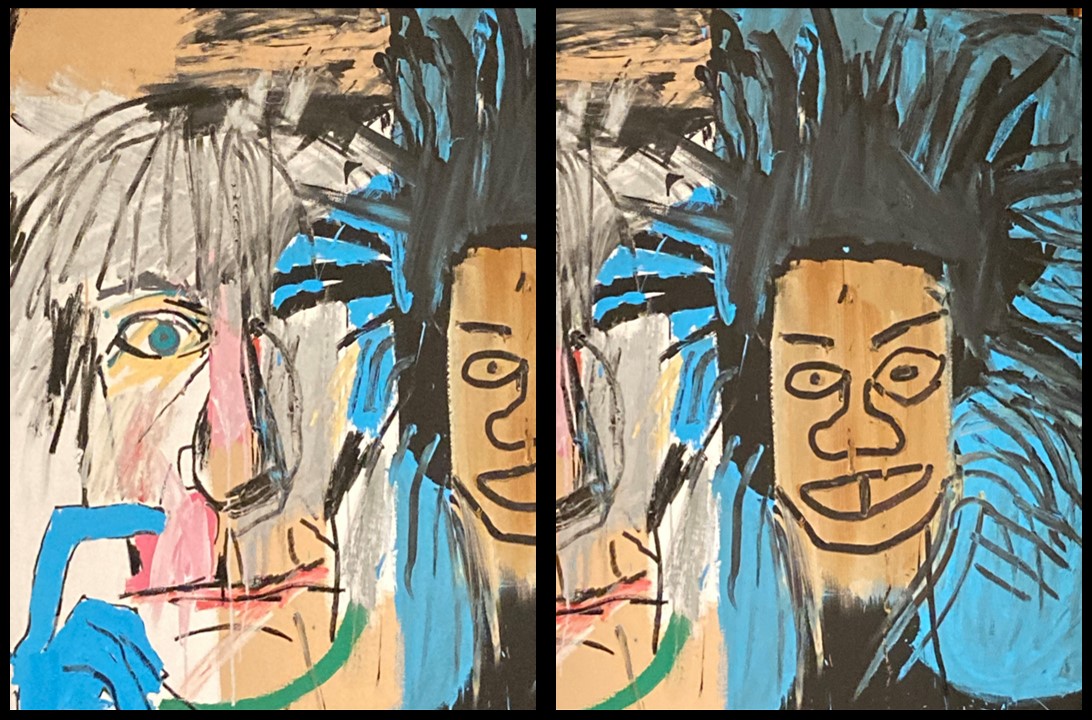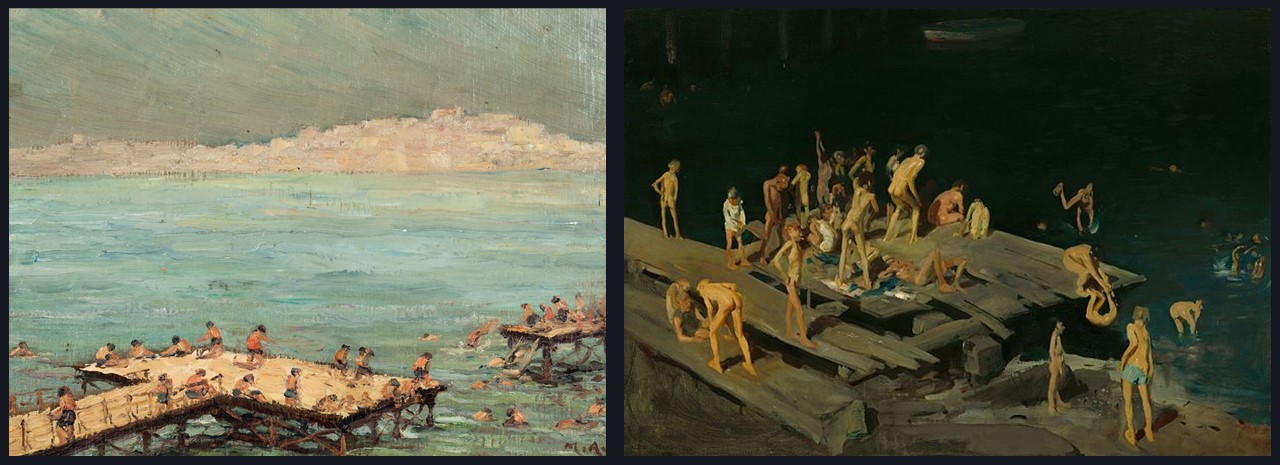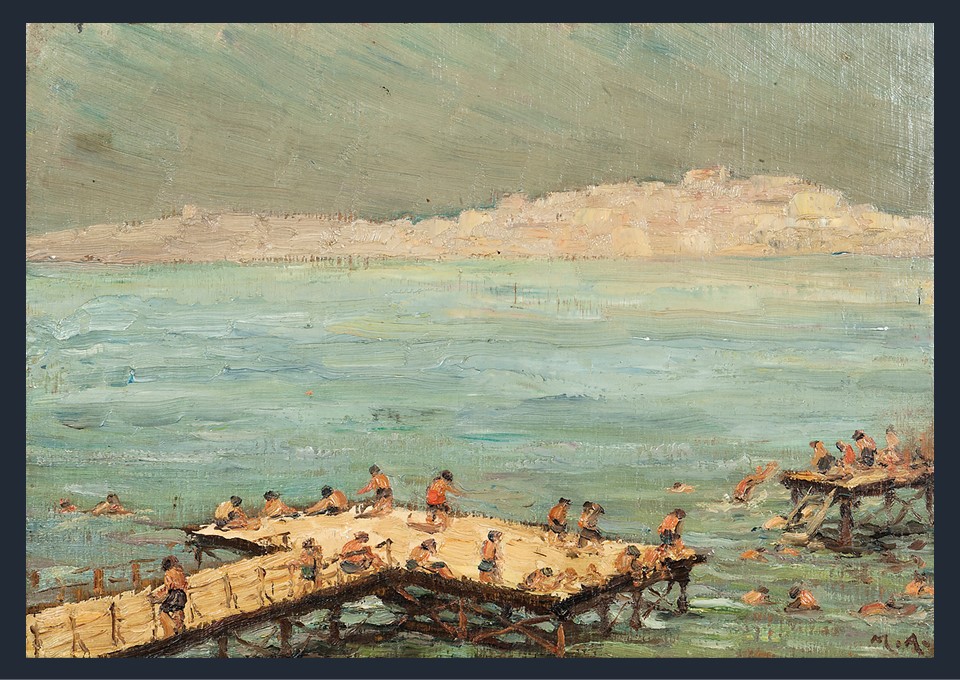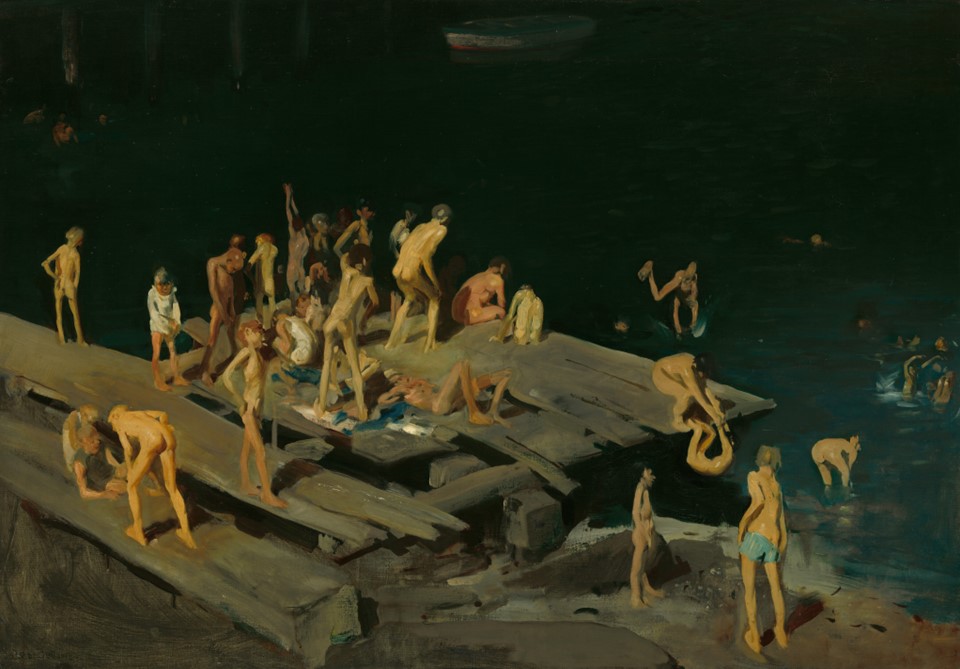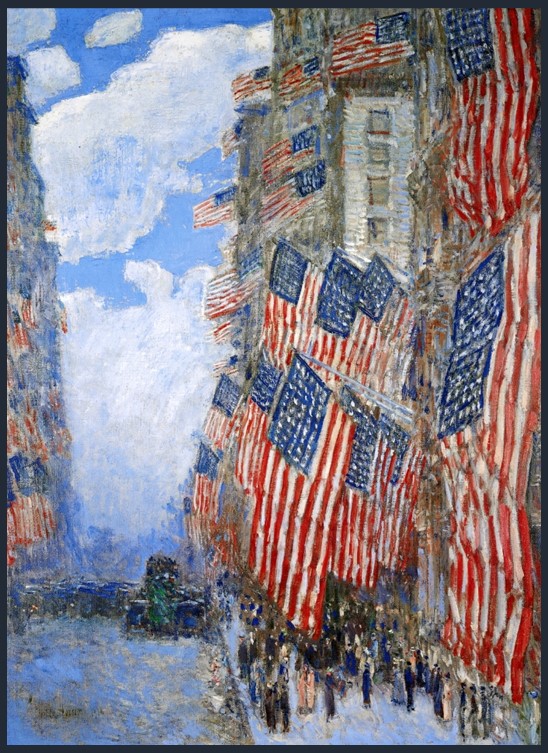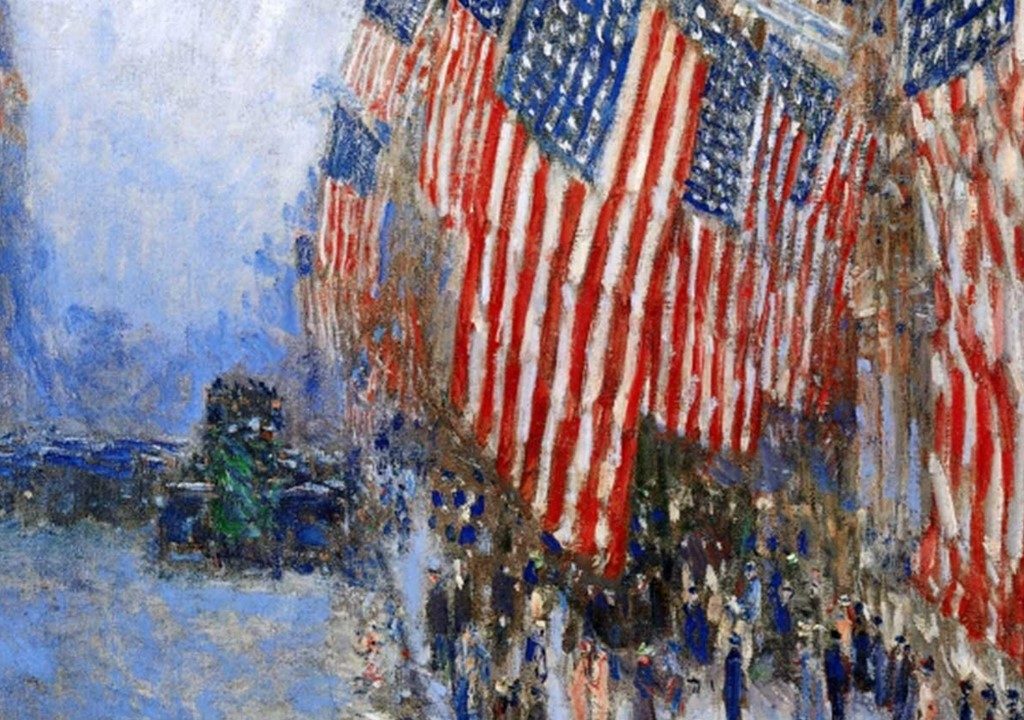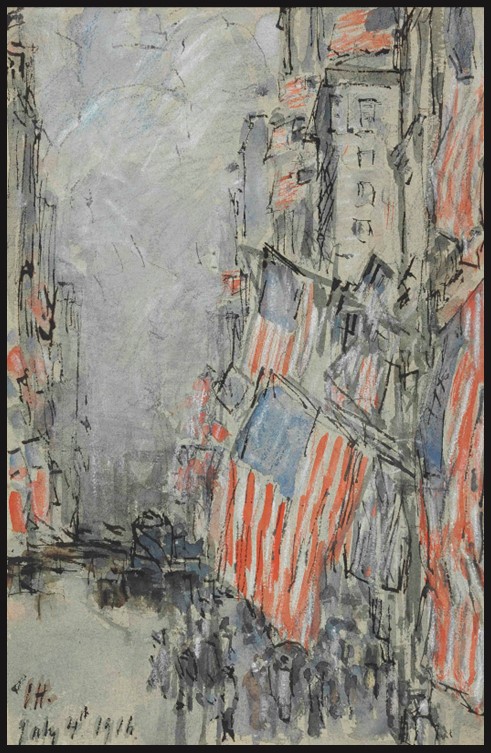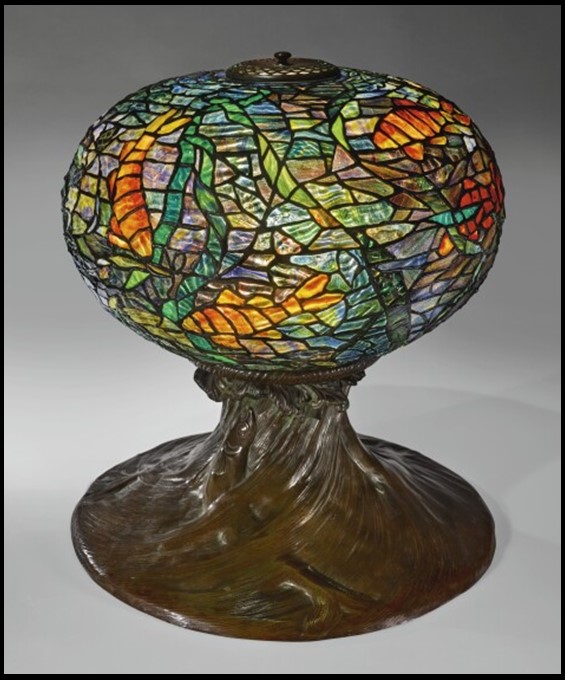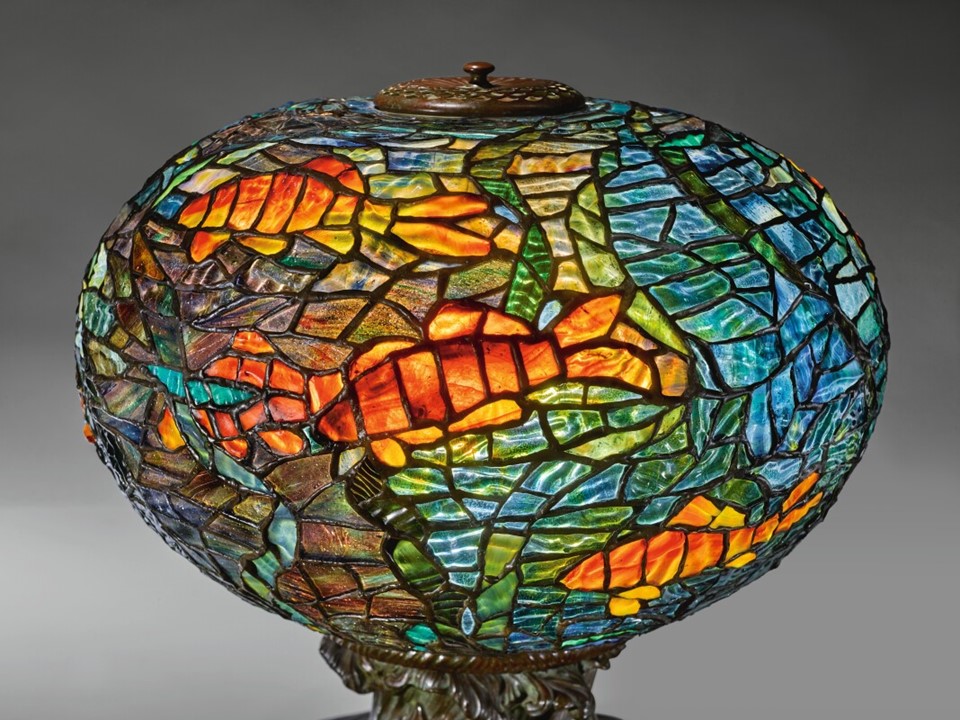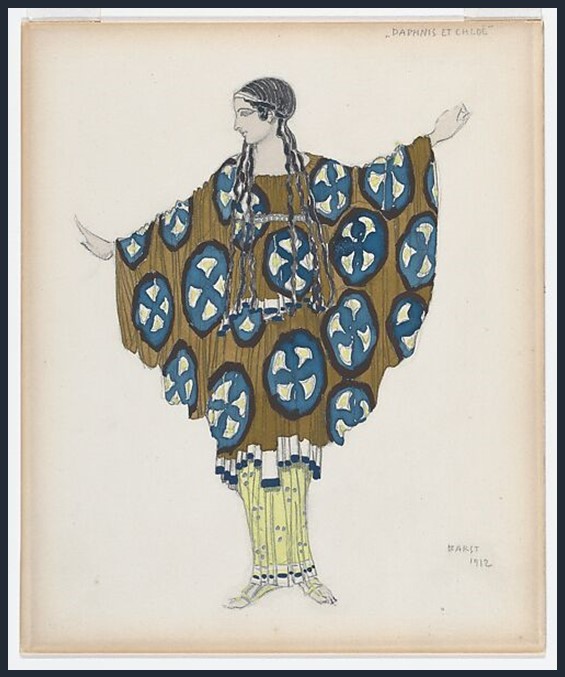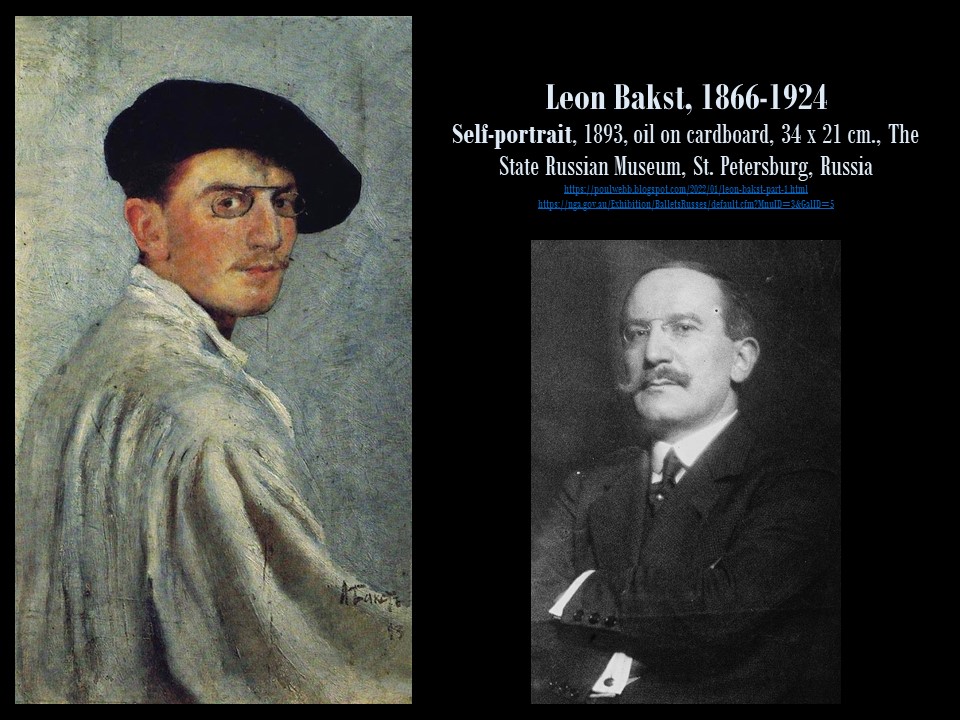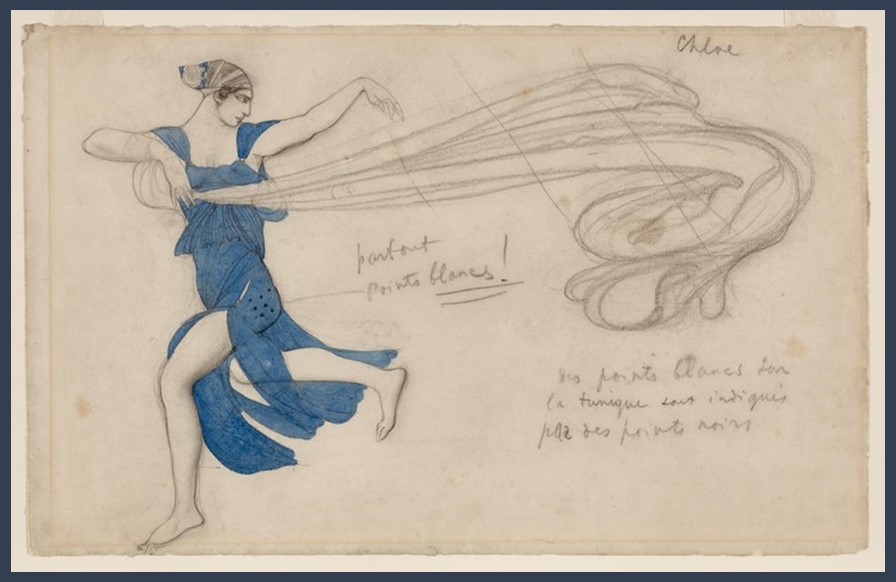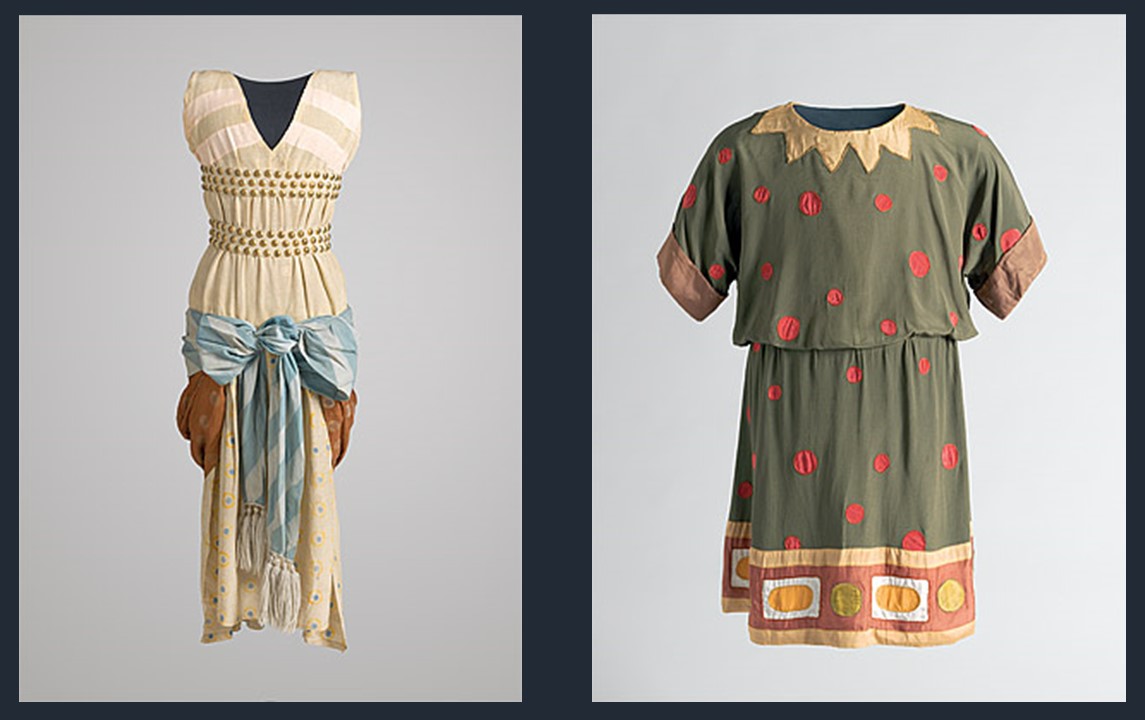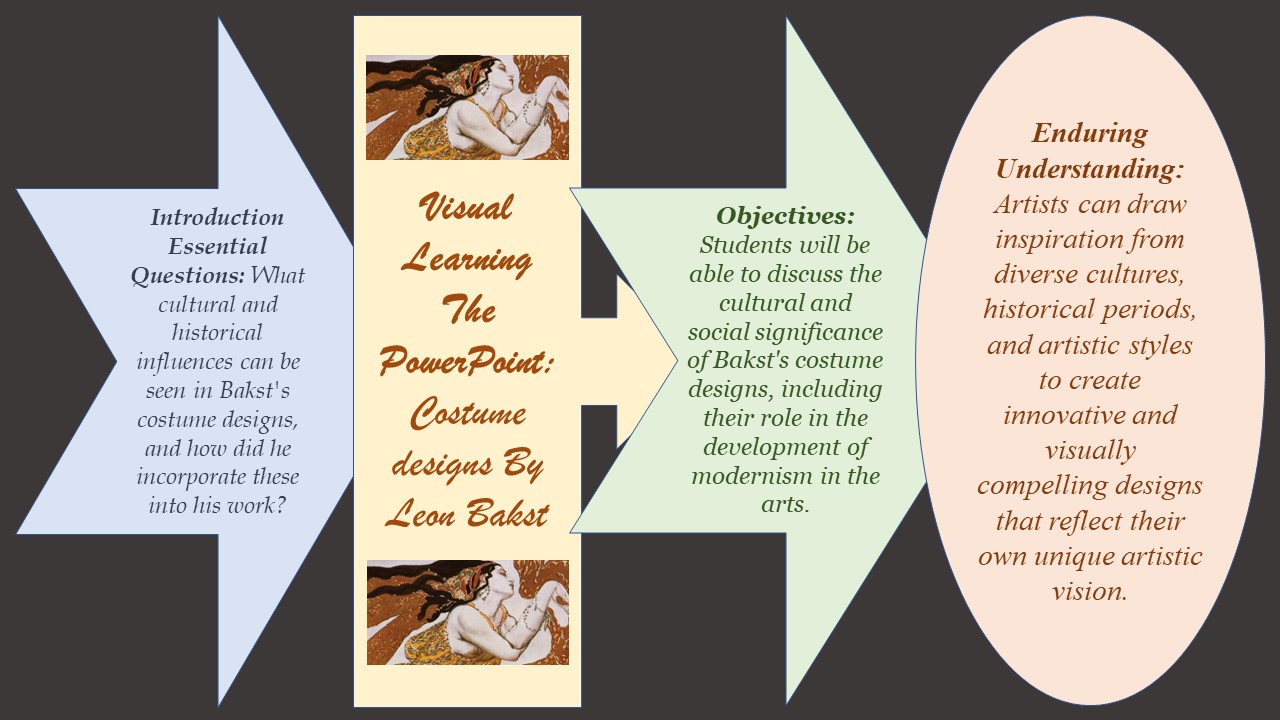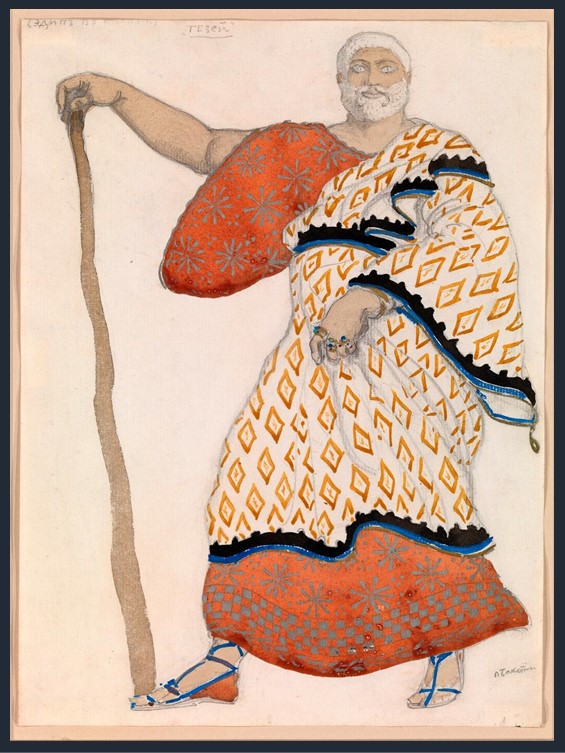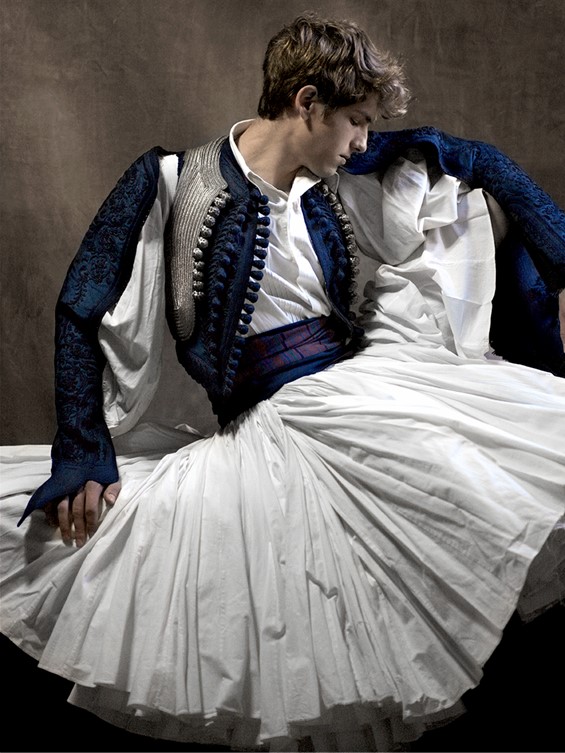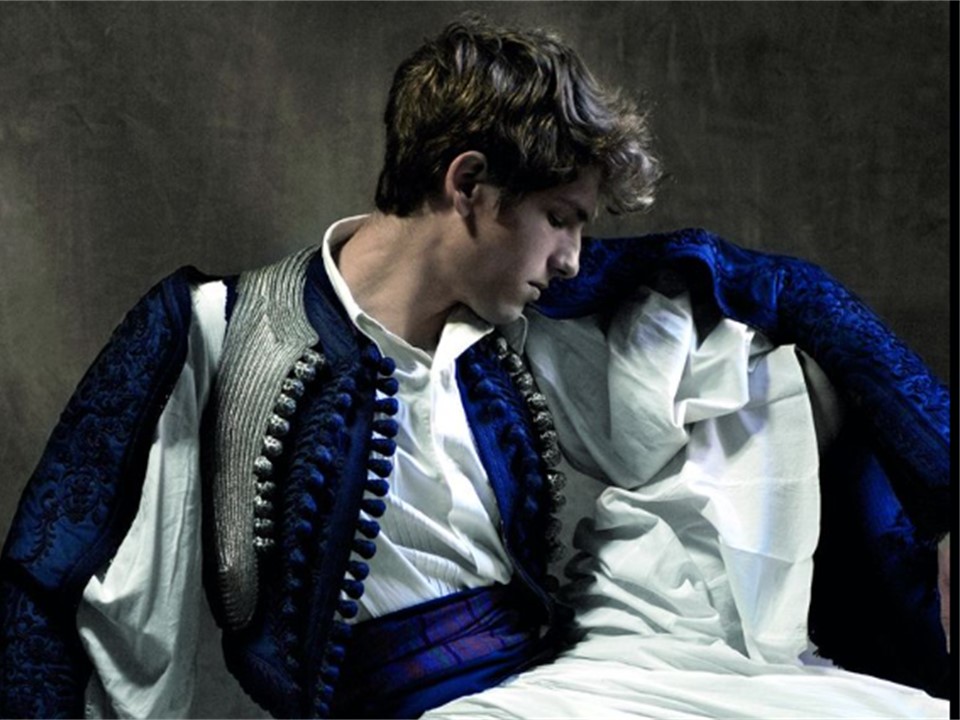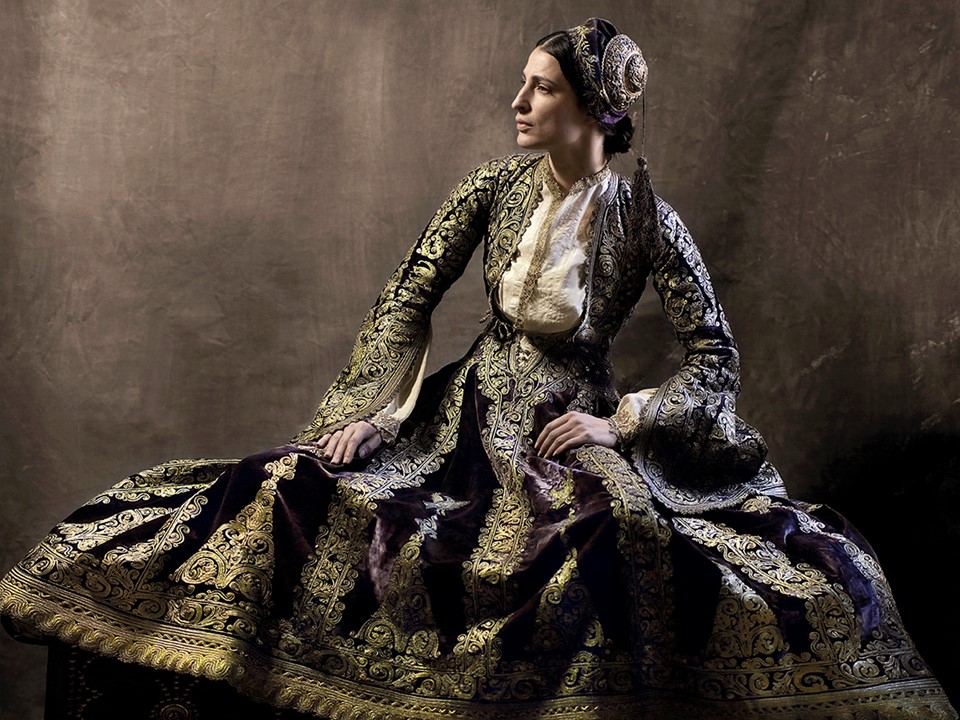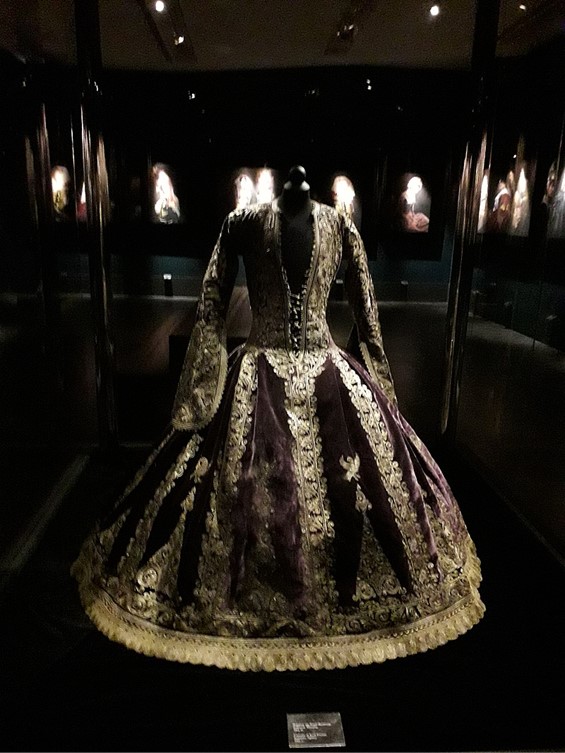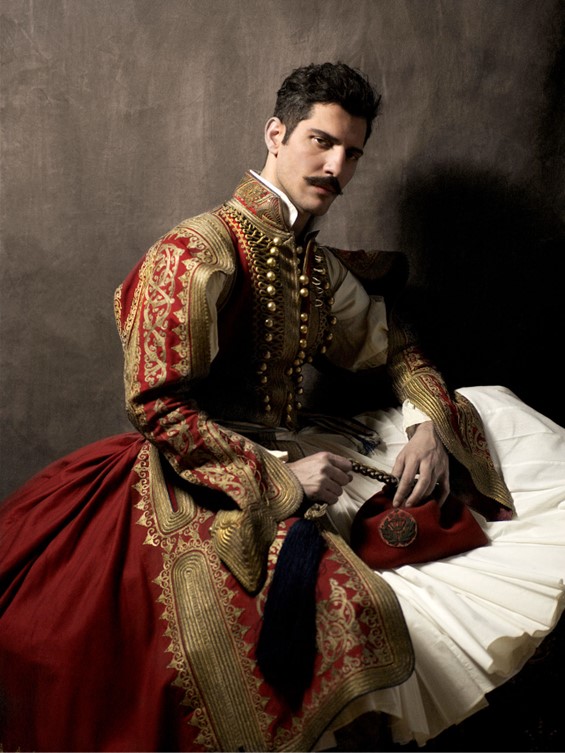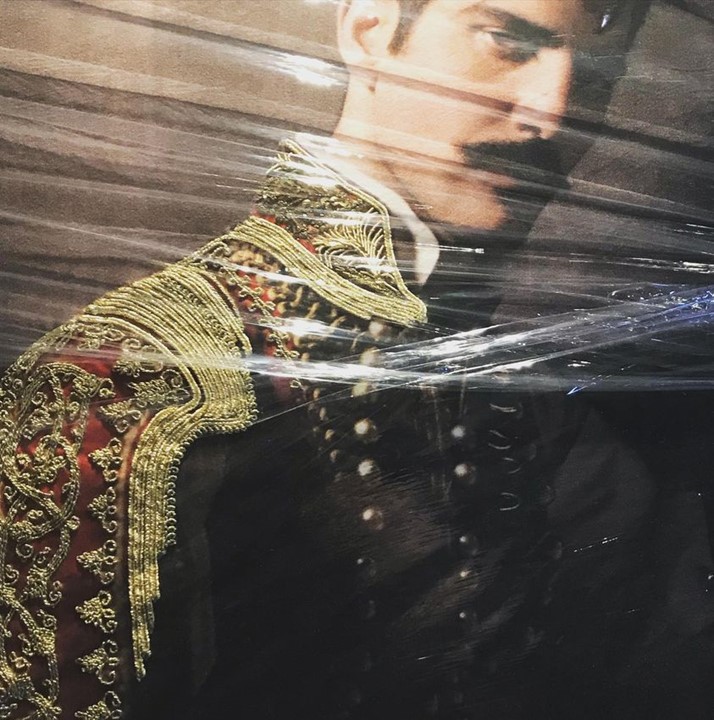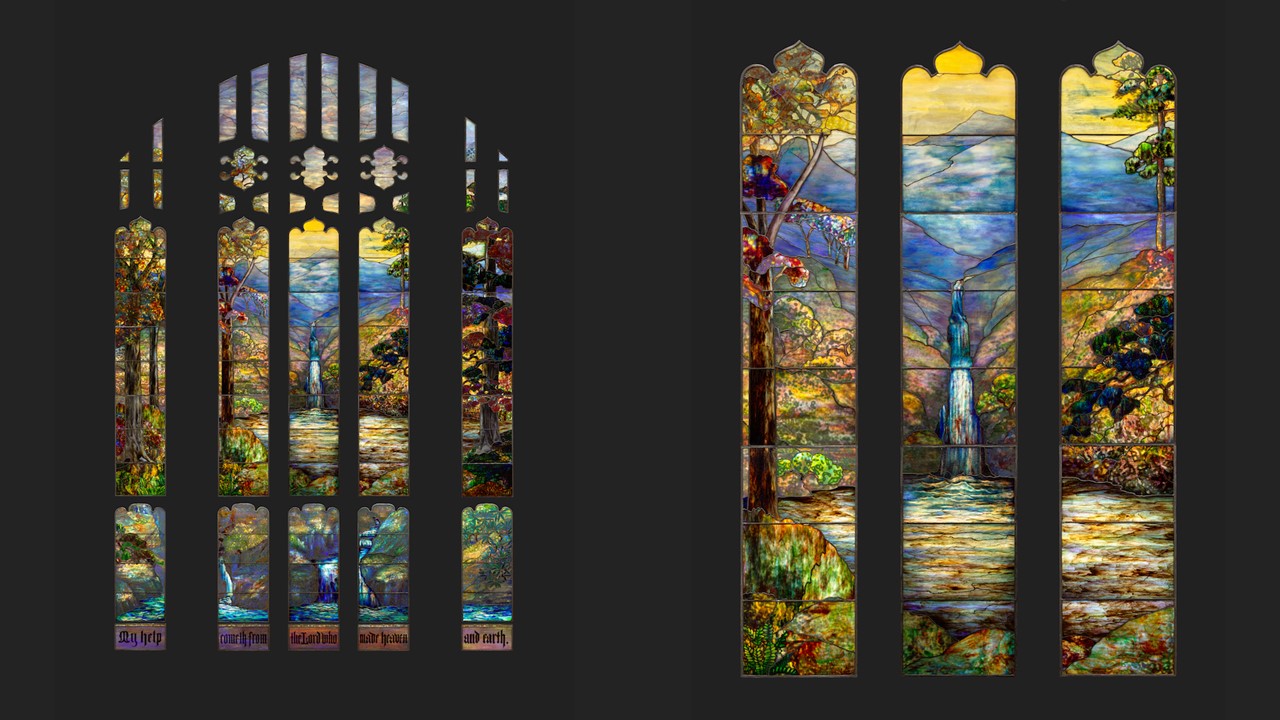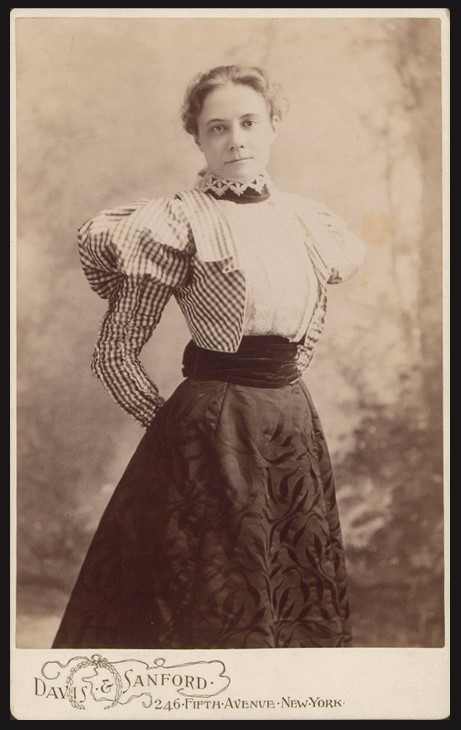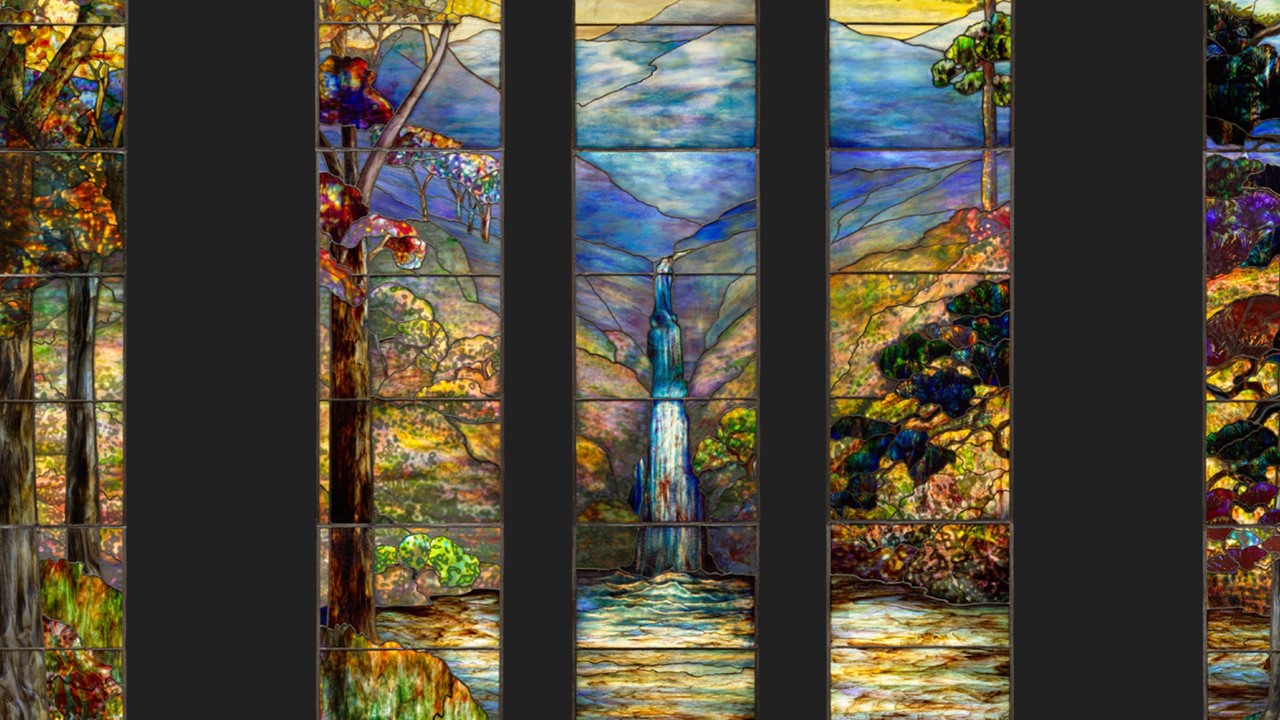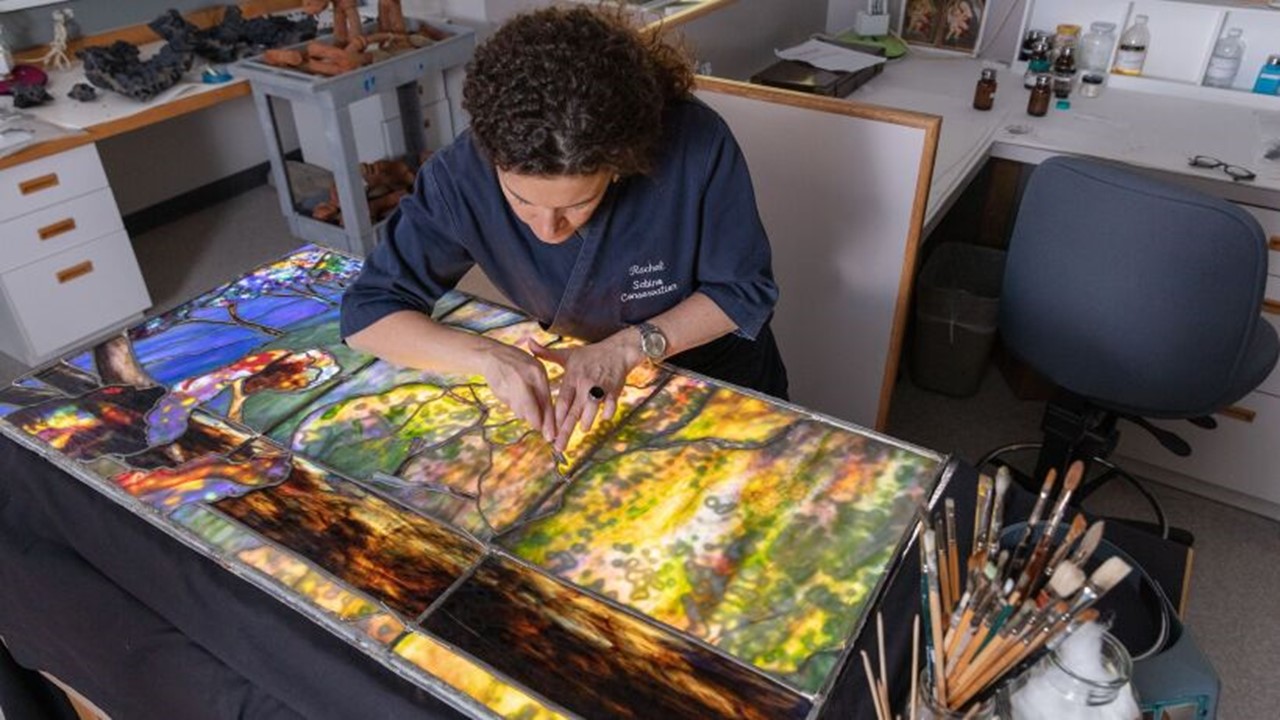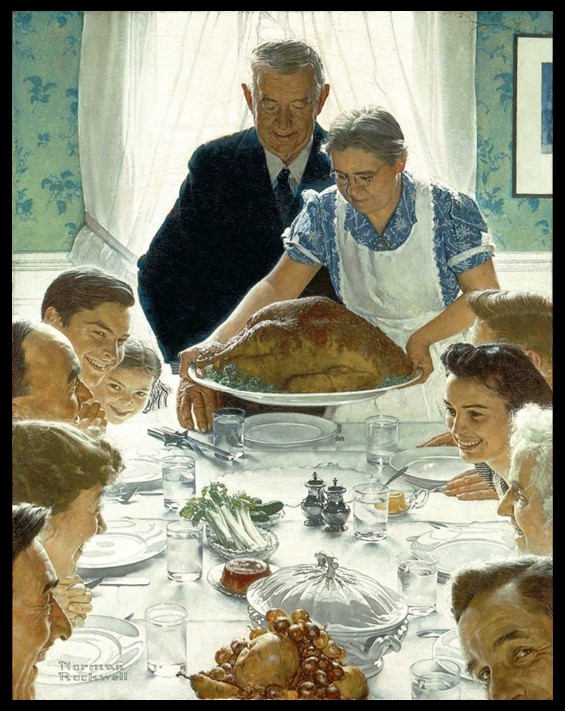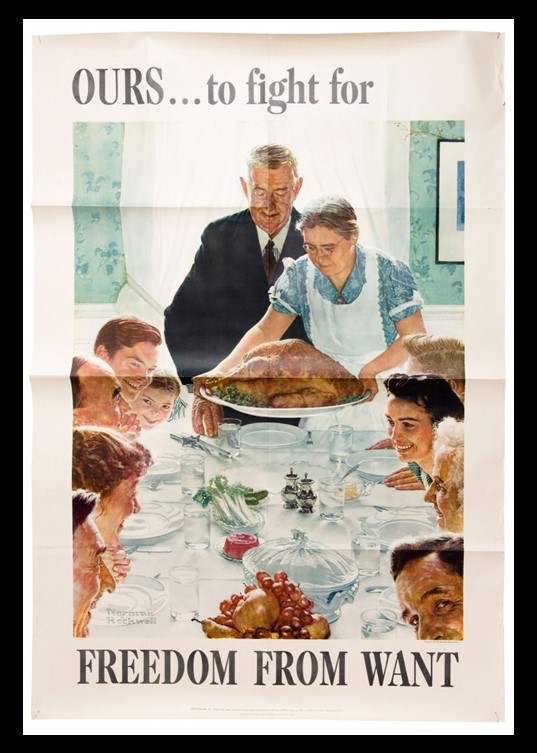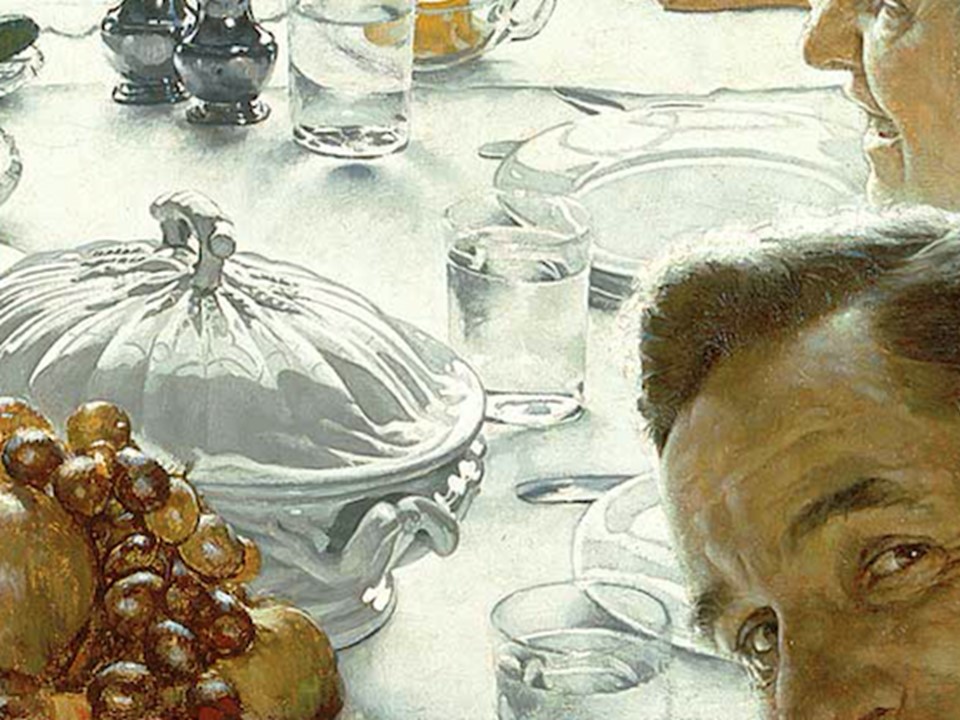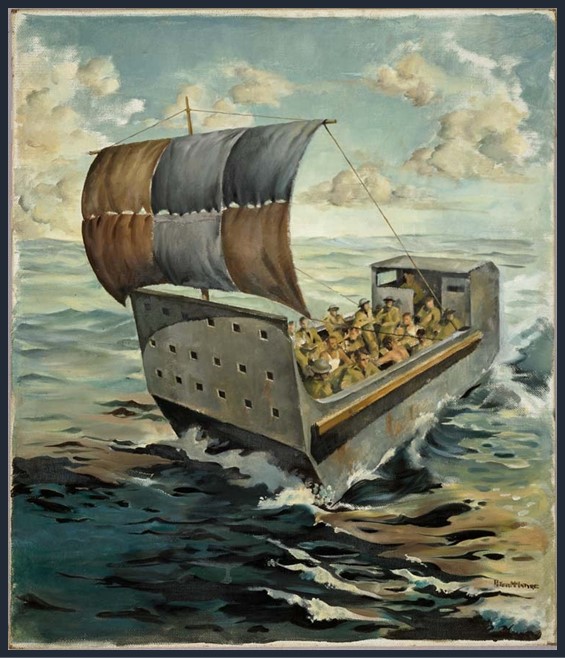
The Barge from Crete, 1941, Oils on Canvas, 746 x 635mm, New Zealand Archives.
https://nzhistory.govt.nz/media/photo/the-barge-crete-peter-mcintyre
It began just after dawn on 20 May 1941. Many of the 7700 New Zealand soldiers stationed on Crete were finishing breakfast when hundreds of German transport aircraft – some towing gliders – rumbled in over the Mediterranean island. The air above was suddenly filled with parachutes as thousands of elite German paratroops began to descend from the sky. This was the start of what is known as the Battle for Crete. For 12 dramatic days New Zealanders, British, Australian, and Greek troops, assisted by Cretan civilians, tried to repel a huge airborne assault by the Germans. They almost succeeded. Peter McIntyre’s Paintings of the Battle of Crete provide a visual record of the events and scenes during the Battle of Crete. As an official war artist, McIntyre had the unique opportunity to witness the battle firsthand and capture its moments on canvas. These paintings serve as a historical document that helps us better understand the conditions, landscapes, and experiences of those involved in the battle. https://nzhistory.govt.nz/war/the-battle-for-crete/overview
Peter McIntyre (1910–1995) was a notable New Zealand artist known for his landscapes and depictions of rural scenes. He gained recognition for his ability to capture the natural beauty of New Zealand’s landscapes and the unique qualities of its light. McIntyre was born in Dunedin, New Zealand, and he displayed artistic talent from a young age. He attended the Dunedin School of Art and later studied at the Elam School of Fine Arts in Auckland. His early works were influenced by the Regionalist movement, which aimed to capture the essence of New Zealand’s unique landscapes and culture.
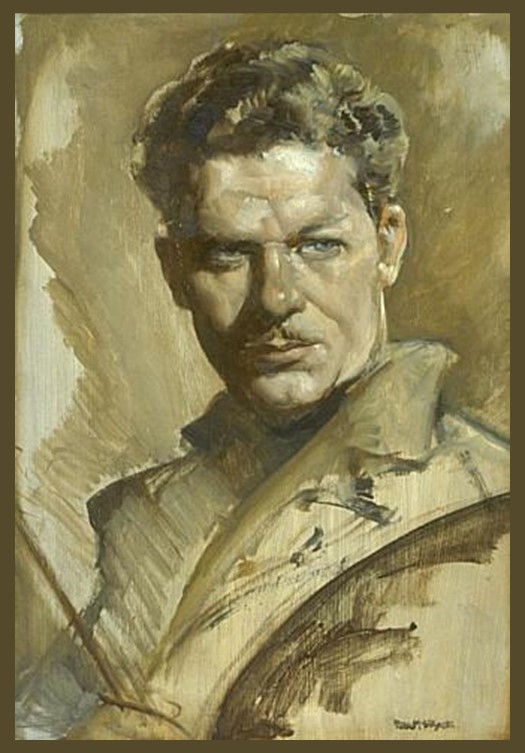
https://www.ww2wrecks.com/portfolio/1941-the-battle-for-mainland-greece-and-crete-through-the-paintings-of-peter-mcintyre-from-new-zealand
One of McIntyre’s significant accomplishments was his role as an official war artist during World War II. He was attached to the New Zealand Expeditionary Force and documented the experiences of New Zealand forces in various theaters of war, including Crete, North Africa, and Italy. McIntyre’s artistic contributions during this time were significant and provided a visual record of the war and its impact on the troops.
In Crete, McIntyre accompanied New Zealand forces during the Battle of Crete in 1941. He witnessed the intense fighting and documented the events through his paintings. McIntyre’s artwork from Crete captured the rugged terrain, the chaos of battle, and the resilience of the soldiers involved. His paintings conveyed the human side of war and reflected the courage, determination, and sacrifices made by the New Zealand forces.
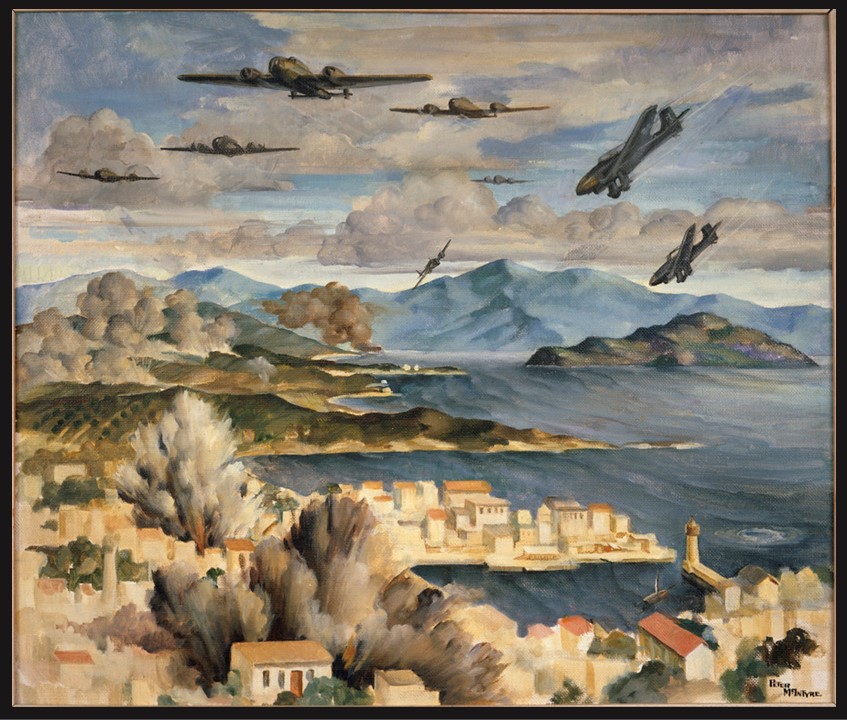
McIntyre’s artistic interpretation of the battle brings a unique perspective to the historical narrative. His choices in composition, lighting, and focal points add an artistic layer to the historical record, encouraging viewers to engage with the events on both an intellectual and emotional level.
My favorite McIntyre painting of the Battle for Crete is titled The Barge from Crete! It illustrates, according to the New Zealand History Archives experts, the epic journey of a group of escapees who sailed an abandoned landing barge from Crete to Egypt. The 137-strong party, mostly Royal Marines, set out on 1 June. Nine New Zealanders were thought to be among this party, although the only one known by name was Private W.A. Hancox. He had been picked up 3 km offshore, paddling along on a plank of wood. https://nzhistory.govt.nz/media/photo/the-barge-crete-peter-mcintyre
After the barge’s fuel ran out blankets were rigged as sails. To make sure these caught the breeze the men often had to jump into the water and push the nose of the barge in the right direction. Conditions on board were tough. Food supplies were rationed to half a tobacco tin of water and a teaspoon of bully beef per day. During the voyage, one soldier died of exhaustion, and another committed suicide. On 9 June, eight days after leaving Crete, the barge drifted ashore 24 km west of Sidi Barrani in Egypt. https://nzhistory.govt.nz/media/photo/the-barge-crete-peter-mcintyre
Peter McIntyre’s paintings of the Battle of Crete are important as they combine historical documentation, personal perspective, emotional impact, artistic interpretation, and cultural memory. They help us remember, learn from, and emotionally engage with this significant moment in history.
For a PowerPoint of Peter McIntyre’s Paintings of the Battle of Crete, please… Check HERE!
